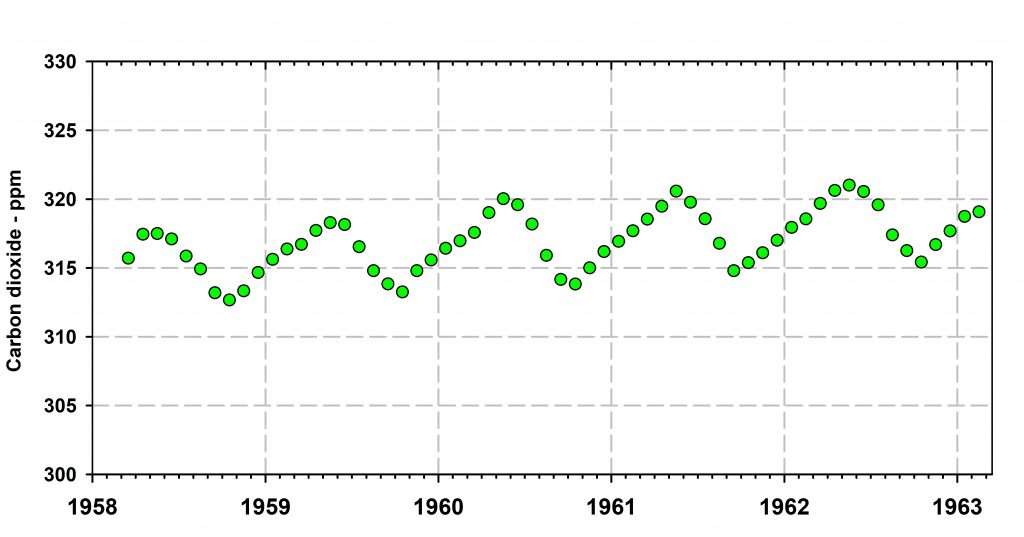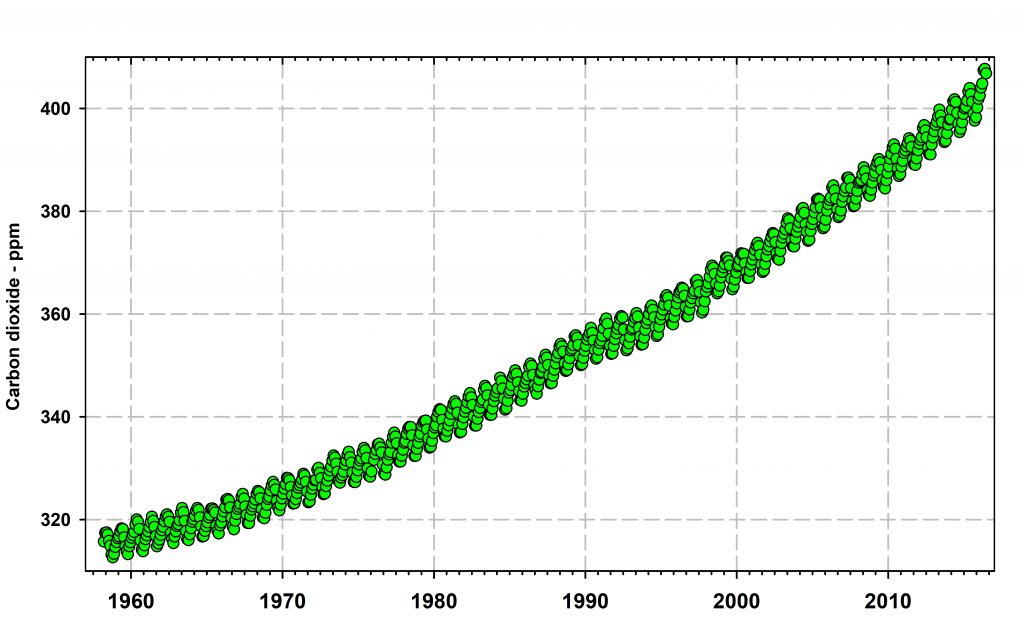While reading a recent wildlife management magazine I became focused on the idea that the main topic of interest was killing in the same way that the news every day is now about who killed who yesterday. The management paradigm behind my concerns is this simple one:
- Decide who are the “good guys” and who are the “bad guys”.
- Kill all (or many) of the “bad guys”.
I know this sounds too simple but bear with me. In the papers this week are two current management issues. In Sweden they have decided they need only 400 wolves in the entire country, and they have several hundred too many, so they armed many hunters with very large guns to go out and kill every wolf they can find, using dogs and other tricks, until they reach the magic number of 400 left. In British Columbia there is concern that predators like sea lions and seals eat Pacific salmon so there are fewer salmon for the fishers to catch and sell. The answer again leaps to mind – kill the sea lions and seals and anything else that eats salmon, Fisheries Science 101.
If this approximates ‘management’, our main discussions must be to decide who are the “good guys”. This leads to conflicts with conservation at times, so we must develop a “killing for conservation” subroutine (Shutt and Lees 2021) which raises the cumbersome question of whether our conservation efforts are causing harm to other species.
One way to challenge the Management by Killing paradigm is to start with a food web of the species involved – what might be the consequences of taking one species out of a food web on any or all the other species in the web? Now the management problem expands because we must do good community ecology to answer these questions. Some of the simple food web consequences have already been well described. Study the coyotes in the grasslands and you will find out how complex its diet is (Lingle et al. 2022), so that killing coyotes will affect other species and you may get many more prairie dogs or ground squirrels, some of which may carry the plague bacterium and many of which predate on ground nesting birds. Or if you are a fan of penguins in Antarctica you will find that killer whales eat penguins (Pitman and Durban 2010) so do we kill killer whales to save penguins? King penguins are declining on Macquarie Island for reasons that are not clear, and predation by a suite of avian birds of prey is one possible component (Pascoe et al. 2022). Yet we are reluctant to kill bird predators. Barred owls kill the endangered spotted owl in western North America, so should we be killing barred owls in areas of overlap (Bodine and Capaldi 2017, Wiens et al. 2021)? So even if you have available detailed natural history information on a predator, you cannot easily estimate the effect of removing it without field experimentation.
My main points are two. First, if you are able, educate your favourite newscaster about the complexities of the Management by Killing approach to conservation. Second, support more detailed research on food web dynamics to show that ecosystems cannot be managed by the two simple rules listed above.
It does not escape me that all this discussion could be applied to the human species, but I venture far out of my field of competence to address this political and social issue (Ein et al. 2022).
Bodine, E.N. & Capaldi, A. (2017) Can culling Barred Owls save a declining Northern Spotted Owl population? Natural Resource Modeling, 30, e12131.doi. 10.1111/nrm.12131.
Ein, N., Liu, J.J.W. Houle, S. Easterbrook, B. et al. (2022) The effects of child encounters during military deployments on the well-being of military personnel: a systematic review. European Journal of Psychotraumatology, 13(2): 2132598. doi. 10.1080/20008066.2022.2132598.
Lingle, S., Breiter, C.J., Schowalter, D.B. & Wilmshurst, J.F. (2022) Prairie dogs, cattle subsidies and alternative prey: seasonal and spatial variation in coyote diet in a temperate grassland. Wildlife Biology, 2022: 5.1doi. 10.1002/wlb3.01048.
Pascoe, P., Raymond, B. & McInnes, J. (2022) The current trajectory of king penguin (Aptenodytes patagonicus ) chick numbers on Macquarie Island in relation to environmental conditions. ICES Journal of Marine Science, 79, 2084-2092.doi.
Pitman, R.L. & Durban, J.W. (2010) Killer whale predation on penguins in Antarctica. Polar Biology, 33, 1589-1594.doi. 10.1007/s00300-010-0853-5.
Shutt, J.D. & Lees, A.C. (2021) Killing with kindness: Does widespread generalised provisioning of wildlife help or hinder biodiversity conservation efforts? Biological Conservation, 261, 109295.doi: 10.1016/j.biocon.2021.109295.
Wiens, J.D., Dugger, K.M., Higley, J.M., Lesmeister, D.B., Franklin, A.B., et al. (2021) Invader removal triggers competitive release in a threatened avian predator. Proceedings of the National Academy of Sciences, 118 (31), e2102859118.doi. 10.1073/pnas.2102859118.

